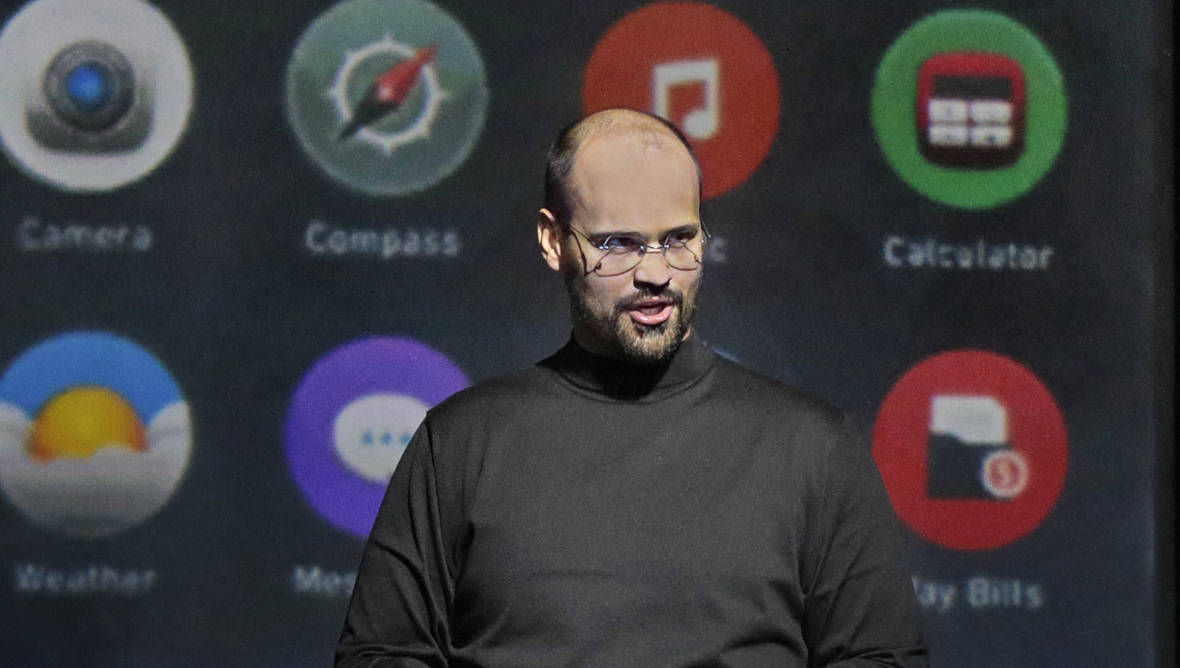Composer and electronica DJ Mason Bates is listening intently to the sound of a clicking computer key through speakers rigged up to a laptop in his Burlingame music studio.
Silicon Valley Composer Transforms Steve Jobs' Life Story Into Opera
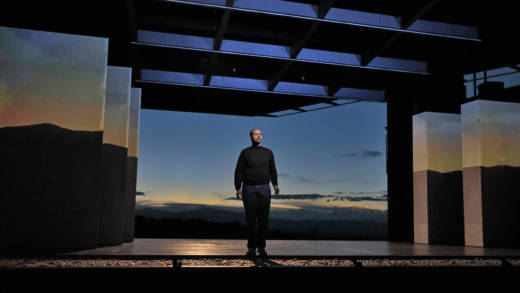
Silicon Valley Composer Transforms Steve Jobs' Life Story Into Opera
Bates admits the key clicks don’t sound like much on their own. But the opening music in his new opera, “The (R)evolution of Steve Jobs”, morphs out of those simple sounds.
“When you take them together and then turn them into a rhythmic device, they create a bit of a tapestry,” he says.
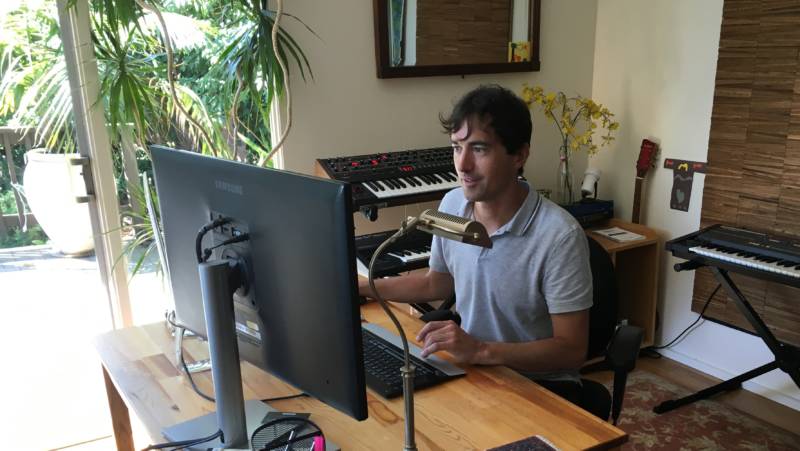
Bates often uses digital technology in his orchestral works. He’s written major pieces for the likes of the San Francisco Symphony and the Kennedy Center in Washington, D.C., among other top-tier arts institutions.
But this is his first full-length opera. And it matters to the 40-year-old composer that the pops, beeps and whizzes in his score come from genuine Apple gear. The key clicks are those of the Mac Plus computer, released in 1986.
“While you might not be able to pick out exactly that’s a spinning hard drive of an Apple I, a Power Mac or Mac Plus key click, I think the accumulation of those sounds does lend an authenticity to the sound world,” Bates says.
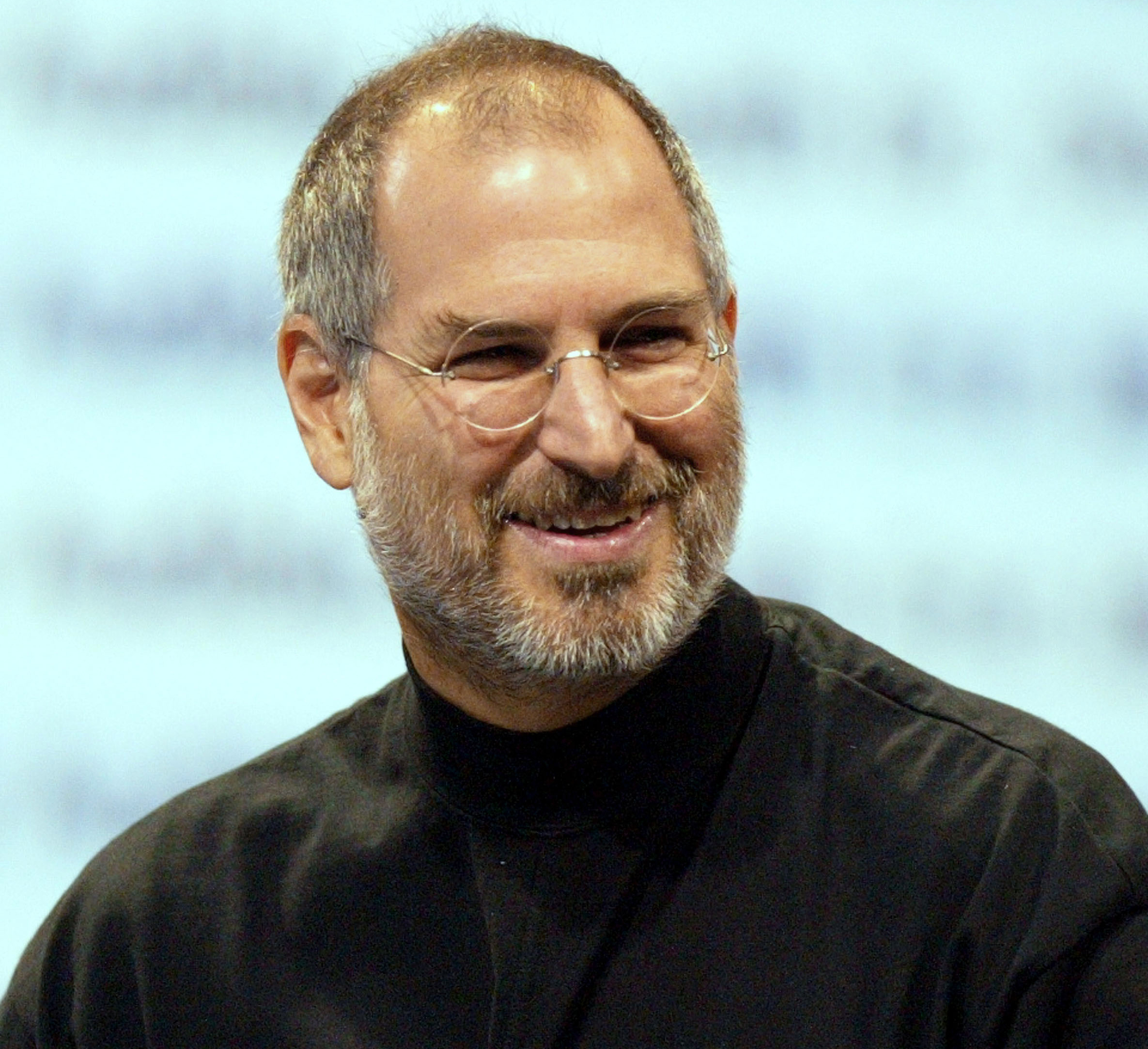
But it takes more than an authentic sound world to make sense of Steve Jobs’ epic life story on stage; it’s not for nothing that Walter Isaacson’s well-known 2011 biography of Jobs (which Bates cites as a major source of inspiration for his opera) runs to more than 650 pages.
After all, the man ran three major companies — Apple, NeXT and Pixar — where he oversaw the release of many wildly successful products and movies like the iPhone and Toy Story.
He also had a complicated personal life. Jobs was adopted as a baby; he refused to publicly acknowledge his first child, Lisa Brennan-Jobs, for years; and he died young in 2011 of cancer at the age of 56.
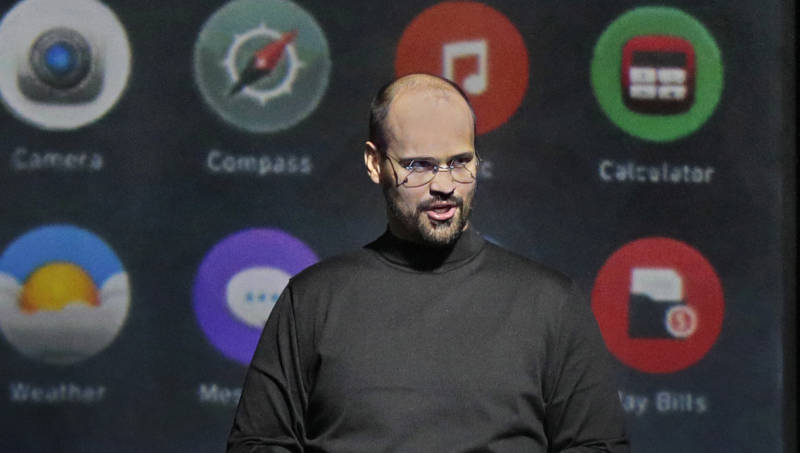
“He was such a complex individual, I cannot even imagine how you’d capture Steve’s life in an opera,” says Andy Cunningham, who worked closely with Jobs as a publicist and witnessed the ups and down of his career — and erratic temperament — firsthand.
Cunningham says Jobs hired and fired her several times, and once demanded calla lilies for his hotel room at midnight. “Steve was a very emotional person, and he was driven largely by his emotions,” she says.
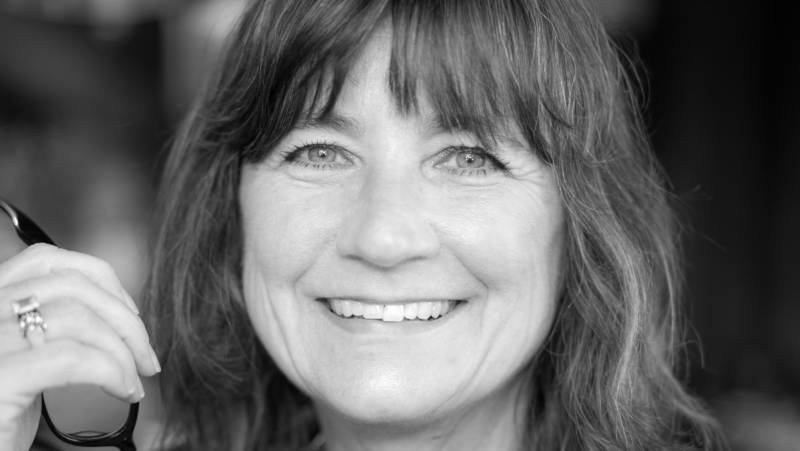
Other individuals and organizations have also questioned the idea of transforming Jobs’ story into opera.
For instance, the San Francisco Opera turned down the opportunity to host the world premiere when Bates and his early-stage collaborator on the project, UC Berkeley arts presenter Cal Performances, approached SF Opera’s leadership in 2013. (Since the project was workshopped at the San Francisco Conservatory of Music in 2015 and 2016, SF Opera has come around, and will be producing the work in its 2019-2020 season.)
But Bates revels in the complexity and emotionality of his subject. “His actual life is the stuff of opera,” Bates says.
The opera careens backward and forward between episodes in Jobs’ life. In one scene he’s launching the iPhone at MacWorld 2007. Then it’s 1974 and he’s dropping acid in an orchard with his girlfriend.
The work also weaves together intricate theme tunes for each individual character. There’s jazzy saxophone music for Steve Wozniak, Jobs’ partner in the early years of Apple. Gongs and prayer bowls illustrate Jobs’ spiritual adviser, Kobun Chino Otogawa.
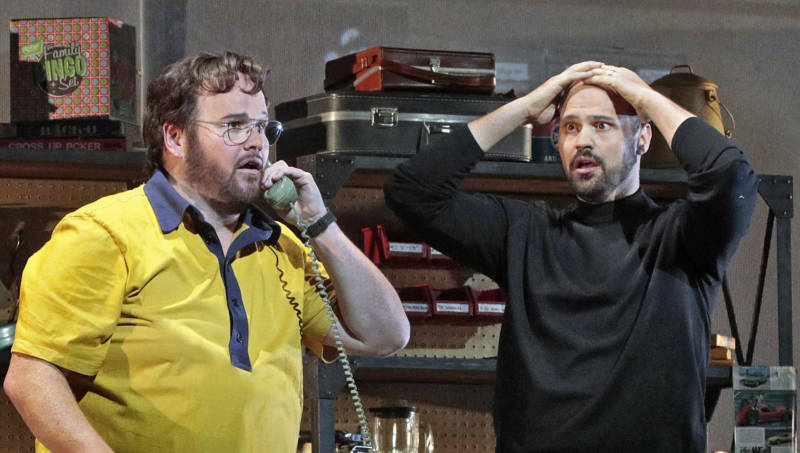
Appropriately, Bates has created a sound world for the opera’s protagonist that features quicksilver electronic sounds and acoustic guitar — an instrument that Jobs adored, especially as played by Joan Baez and Bob Dylan.
And while operatic heroes are usually played by tenors, this one’s a baritone — a darker, more nuanced voice. American singer Edward Parks plays the character of Jobs in the world premiere production, opening in Santa Fe, New Mexico, this weekend. Like a true baritone, Parks isn’t afraid to embrace Jobs’ dark side.
“I’m mostly drawn to his flaws,” Parks says. “The arc of his life is grand. There’s a lot of betrayal, there’s a lot of anger towards people, and there’s a lot of love as well.”
All ingredients ripe for opera.

“The (R)evolution of Steve Jobs” opens this weekend at Santa Fe Opera in Santa Fe, New Mexico. There will be a California production at San Francisco Opera during the company’s 2019-2020 season.
